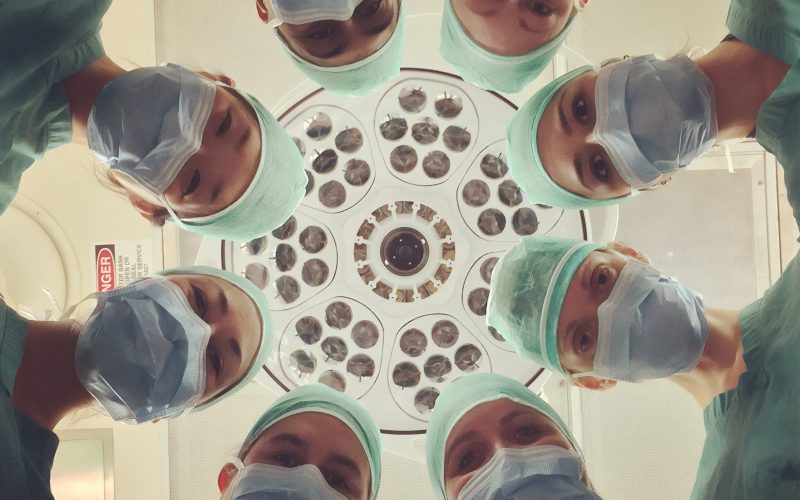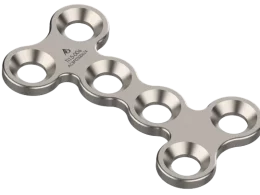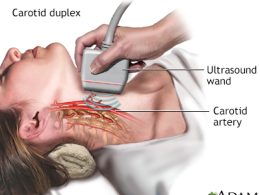The healthcare industry is in the midst of a revolution, and it’s all thanks to automation. From streamlining administrative tasks to enhancing patient care, automation has transformed treatment options in ways that were once thought impossible. With the help of cutting-edge technology, healthcare providers are delivering faster, more accurate diagnoses and personalized treatments tailored to individual patients’ needs. So what does this mean for the future of healthcare? Join us as we explore how automation is shaping the landscape of modern medicine and revolutionizing healthcare as we know it.
The History of Healthcare Automation
The healthcare industry has long been an early adopter of new technologies, and automation is no exception. Healthcare automation can be traced back to the early days of electronic health records (EHRs), when hospitals began to use computers to store and manage patient data. Today, healthcare automation has evolved to encompass a wide range of technologies and applications, from automated medications dispensing systems to robotic surgery.
Healthcare automation is transforming the way healthcare is delivered, making it more efficient and effective. In particular, automation is playing a major role in the shift from reactive to proactive care, as well as the move from volume-based to value-based care. As healthcare organizations continue to adopt new technologies and find innovative ways to use them, the potential for further transformation is endless.
Current state of Healthcare Automation
Despite the clear advantages that healthcare automation can bring, its current state is far from perfect. One of the biggest obstacles to wider adoption of healthcare automation is the high cost of investment. Automation technology is still relatively new and therefore expensive, meaning that many healthcare organizations are reluctant to make the initial investment. Another challenge is that healthcare automation requires significant changes to existing workflows and processes, which can be disruptive and difficult to implement. Additionally, there is a lack of standardization in healthcare automation, which makes it difficult for different systems to communicate with each other. As the field continues to evolve, these challenges will likely be addressed and overcome, but for now they remain a barrier to wider adoption of healthcare automation.
Pros and Cons of Healthcare Automation
There is no doubt that healthcare automation is revolutionizing the healthcare industry. It has the potential to make treatment options more efficient and effective, while reducing costs. However, there are also some potential drawbacks to healthcare automation that should be considered.
One of the biggest pros of healthcare automation is that it can help to improve patient outcomes. When treatments are automated, they can be more accurately targeted to the specific needs of each patient. This can lead to better results and fewer complications. In addition, automated treatments can often be delivered more quickly than manual ones, which can be critical in emergency situations.
Another advantage of healthcare automation is that it can help to reduce costs. Automated treatments are often more efficient than manual ones, which means that they require less time and resources. This can lead to significant savings for healthcare providers. In addition, automated treatments often have lower error rates than manual ones, which can further reduce costs.
However, there are also some potential drawbacks to healthcare automation that should be considered. One of the most significant challenges is the potential for errors. Although automated treatments are often more accurate than manual ones, they are not perfect. There is always the potential for human error when operating any type of machinery or equipment. In addition, automated treatments may not always be appropriate for every patient or every situation. Another challenge is the cost of implementing healthcare automation solutions. Although the upfront cost may be high, the long-term savings could potentially outweigh the initial investment
Case Studies of Healthcare Automation
In recent years, healthcare automation has revolutionized the treatment landscape for patients with chronic conditions. Through the use of smart technology, sensors, and artificial intelligence (AI), healthcare providers are now able to monitor patients’ health status and deliver personalized treatment plans on a much more effective and efficient basis.
One prime example of this is the case of heart failure patients. In the past, these patients would have to be monitored manually by nurses in order to catch early signs of deterioration. However, thanks to new AI-powered technology developed by companies like Qualcomm Life, nurses can now proactively monitor heart failure patients 24/7 and intervene before things take a turn for the worse.
This not only saves lives but also reduces the overall cost of care for these patients. In fact, a recent study showed that AI-enabled remote patient monitoring (RPM) slashed hospital readmission rates for heart failure patients by nearly 50%. These are just one set of examples that show how healthcare automation is transforming treatment options across the board – making them more personalized, effective, and affordable.
Future of Healthcare Automation
The healthcare industry is constantly evolving and changing to meet the needs of patients and doctors. With the advent of new technology, there are always new ways to automate tasks and procedures. This can help to speed up processes, reduce errors, and improve patient care.
One area where healthcare automation is having a major impact is in the field of medical records. In the past, medical records were often kept on paper and were difficult to keep track of. With the rise of electronic health records (EHRs), it is now much easier to store and access patient information. This has made it easier for doctors to find the information they need, when they need it.
Another area where healthcare automation is making a difference is in the way that prescriptions are filled. In the past, patients would have to go to their doctor’s office or hospital pharmacy to get their prescriptions filled. However, with the advent of online pharmacies and home delivery services, patients can now have their prescriptions delivered right to their doorsteps. This is not only more convenient for patients but it also helps to save time and money for both patients and healthcare providers.
As you can see, healthcare automation is revolutionizing the way that healthcare is delivered. By making tasks easier and faster, it’s possible to provide better care for patients while also saving time and money.
Conclusion
To sum it up, automated healthcare systems are revolutionizing the way we approach medical treatments and diagnoses. Automated healthcare systems offer a range of advantages, from cost savings to improved accuracy and safety. However, with any new technology come unique challenges that must be addressed in order for them to reach their full potential. By addressing these issues through collaboration between clinicians and technologists, we can ensure that automated healthcare technologies will continue to provide efficient and effective care well into the future.












